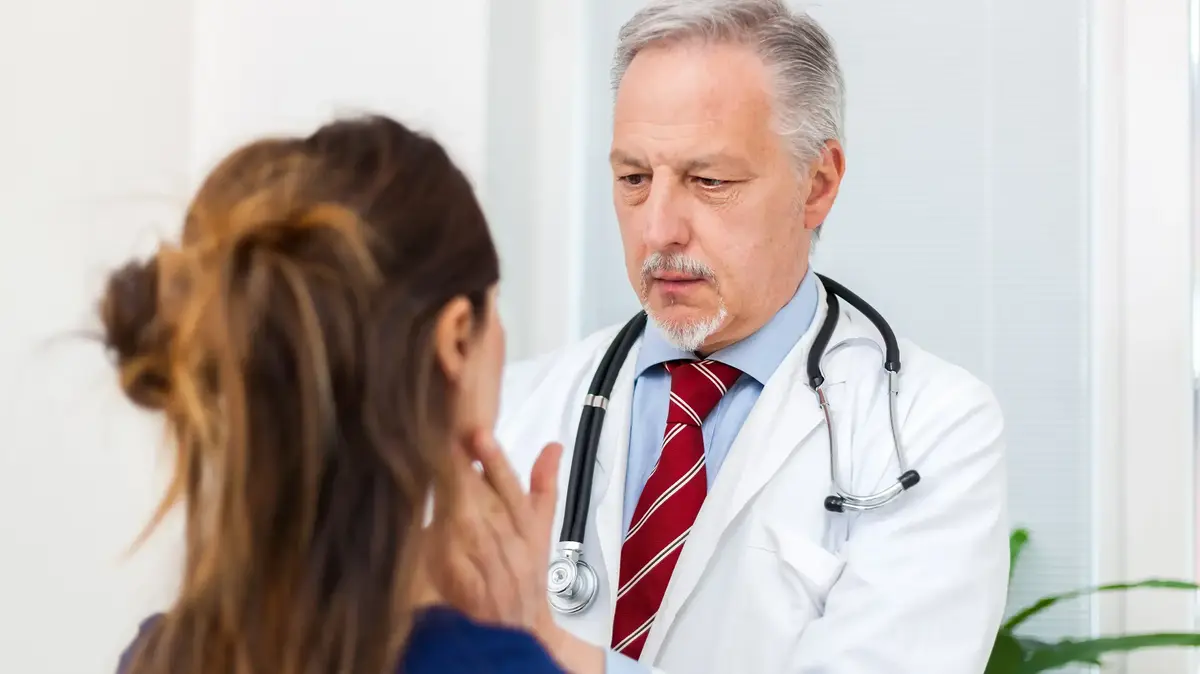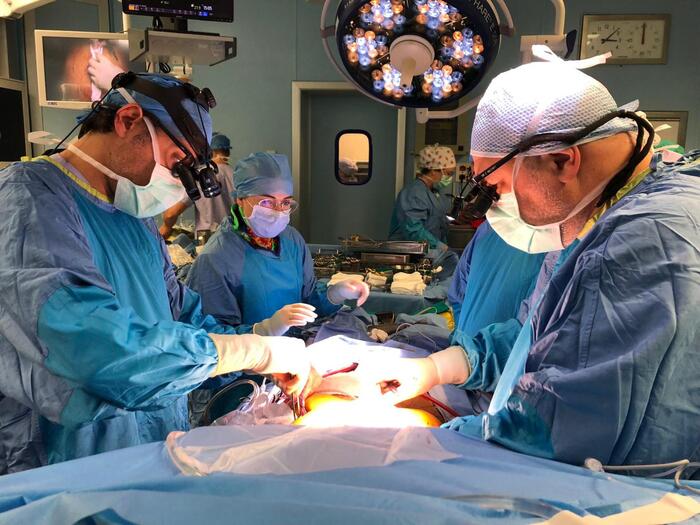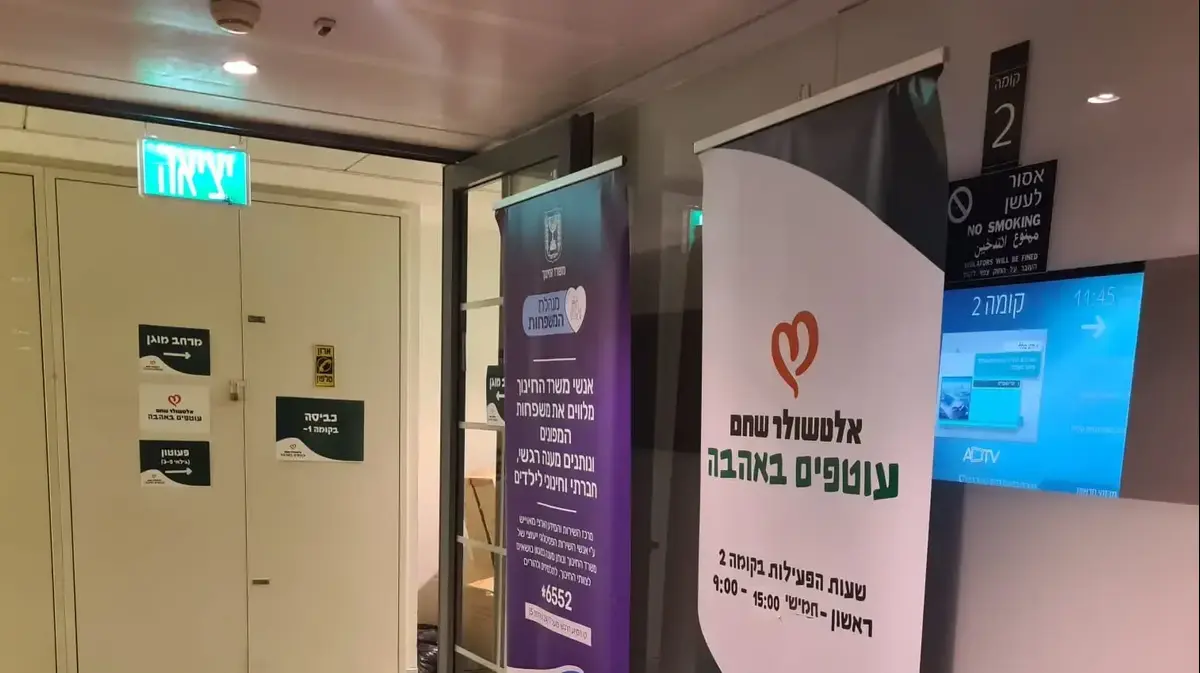sponsored content
Every February 28,
World Rare Disease Day
is commemorated with the aim of raising awareness and promoting the development of policies that guarantee access to health and other rights of people who suffer from them.
February 28 World Day for Rare Diseases.
But what do we mean when we talk about rare diseases (EPOF)?
These
are also called "rare diseases (RD)"
and are those pathologies that
affect a small number of people in a given population
.
These may vary by country and/or region.
According to the epidemiological data available in Orphanet, it has been determined that
there are more than 6,000 clinically described cancers defined by point prevalence in the world
without considering rare cancers, nor rare diseases caused by infectious diseases, rare bacterial or viral intoxications.
Therefore, the total number is recognized to be considerably higher.
It should be noted that
between 4% and 8% of the world population suffer from these diseases
.
Estimating that 300 million people in the world live with some rare disease.
In Argentina, 3.6 million people are registered, so
1 in 4 families suffer from a rare disease.
Each of them is characterized by being chronic, complex, progressive, disabling and, in certain cases, life-threatening.
7 out of 10, that is, 72%, are of genetic origin, and of these, 70% manifest at birth or during childhood, and 3 out of 10 children will die before reaching the age of 5.
However,
reaching an accurate diagnosis is the biggest challenge
.
It is estimated that on average, it can take between 5 and 10 years and, in turn, require up to eight visits to different specialists before obtaining it.
Not to mention that
4 out of 10 people receive at least one wrong diagnosis during the process.
The Plaza Congreso Monument was also dyed purple.
One of the many rare diseases is
Familial Chylomicronemia Syndrome (FCS)
.
This is of genetic origin and affects both men and women.
It is characterized by the excess of triglycerides in the blood (greater than 1000 mg/dl).
It is a type of autosomal recessive condition, meaning that it is inherited when a person receives two mutated copies of the same gene (one copy from the mother and one from the father).
Worldwide, it is estimated that
there is one person affected for every million inhabitants
, but professionals agree on the possibility of a generalized underdiagnosis, so the reported figures would not reflect the real number of cases.
For this reason, we seek to emphasize the importance of making an early diagnosis and offering appropriate treatment.
In this sense, Dr. Pablo Corral (MP 93559) president of the Argentine Lipid Society (SAL) emphasized: "it is specifically characterized by a typical symptom that is abdominal pain without a clear cause, which can lead to inflammation of the pancreas ( pancreatitis), together with other symptoms such as emotional/psychological and even neurological”, in this line the specialist highlighted that “in turn, in the laboratory it is essential for its diagnosis to be the presence of high and very high levels of triglycerides (more than 1000 mg/dL) that do not respond to the usual treatment”.
Illumination of the Lezama Palace.
Referring to how to deal with a diagnosis of this disease, Corral indicated that: "It is based on interdisciplinary work with doctors from different specialties, nutrition specialists and psychologists who work on its correct diagnosis and treatment.
Once the diagnosis has been made, it is imperative to achieve a very low-fat diet and in specific cases, pharmacological treatment with specific drugs for this pathology can be considered."
The importance of diagnosis
FCS is unknown to a large part of people due to its low prevalence, which means that many patients have to resort repeatedly to doctors until they find the proper diagnosis.
According to the records of the Argentine Lipid Society,
67% of the patients were misdiagnosed and, on average, had to consult 5 doctors.
As a result of its ignorance, it is also considered that there may be an underdiagnosis and that in reality there are more cases than those officially recorded for this disease.
First steps
The first step
in diagnosing the disease is to perform a simple blood test
.
After the sample is drawn and processed, the laboratory professional observes the "milky" consistency of the plasma, which is a component of blood.
Given this evidence, and in the context of the patient's clinical picture, the primary care professional is informed to evaluate the suspicion of FCS and the potential need to carry out a genetic test
to confirm
that it is Familial Chylomicronemia Syndrome or FCS.
Illumination of the Monumental Tower.
However,
another method to approximate the diagnosis is the score.
When completing it, doctors take into account chemical and clinical parameters.
Each symptom is adding points and before the accumulation of a certain number of them, it is recommended to proceed with genetic confirmation.
Finally, with the aim of continuing to raise awareness and disseminate information so that more and more doctors and potential patients are aware of the specific symptoms as well as how to proceed with them, the Argentine Lipid Society has developed a form on its website to complete in case of suspicion of suffering from this disease.
There, specialists analyze case by case and contact those who meet all the criteria.
The city dresses in purple
Being informed helps us to stand differently in the face of certain problems and in this case it is no exception.
As every year, a new awareness and visibility campaign for rare diseases was carried out.
On this occasion, a two-story bus with the international logo of the EPOF Campaign
toured the streets of the City of Buenos Aires projecting different images
in order to raise awareness.
He could be seen for long hours and through the different Buenos Aires neighborhoods.
The bus toured different parts of the city.
However, it was not the only action that took place over the weekend, but also that
tonight from 8:00 p.m. to 11:59 p.m., the Palacio Lezama, the Monument of Plaza Congreso and the Monumental Tower, with the same objective.








